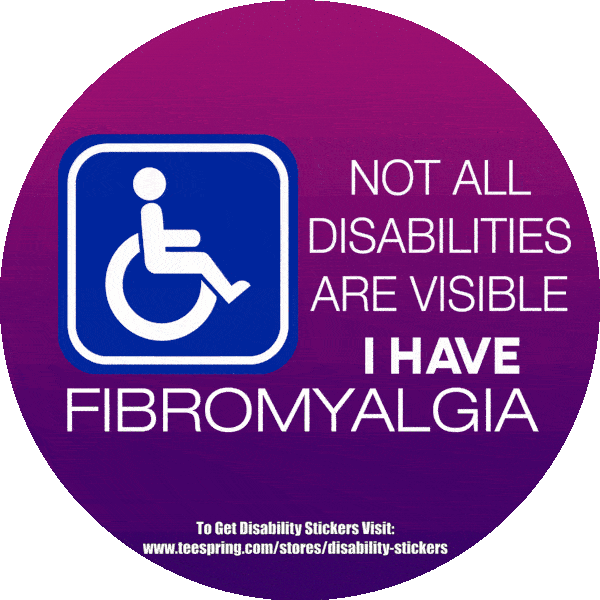Narcolepsy drugs and Fibromyalgia
Hyperalgesia and allodynia, which are the typical features of fibromyalgia , are due to dysfunctional sleep. Polysomnographic studies have revealed sleep abnormalities in patients with fibromyalgia, and evidence suggests that alleviation of sleep disturbances can improve chronic pain.
Narcolepsy drug and fibromyalgia
There is no single medication that has proven helpful in solving sleep problems for people with CFS and fibromyalgia so that’s why treating sleep with drugs has now become a challenge. Some medication becomes less efficient over time because people might develop tolerance against them. For both these reasons, sleep problems can benefit from a suitable, experimental approach that makes use of variety of strategies.
A drug permitted for use in a condition called Narcolepsy may help patients with sleep and fatigue problems in fibromyalgia and this is shown and proved by several studies. The drug in question is called sodium oxybate. Studies have shown sodium oxybate to reduce non-restorative sleep abnormalities. To date, only one drug, pregabalin, has been approved for the treatment of fibromyalgia.
There is a need to expand the pharmacologic options. Xyrem, a potent sleeping medication, can help alleviate the characteristic symptom of pain in people with fibromyalgia, suggests a study that pitted the drug against a placebo. More than half of people who go for Xyrem reported that they have at least a 30% improvement in pain symptoms. The same distressed sleep patterns that are common in fibromyalgia patients are improved by the use of Xyrem.
Also, small, experimental studies recommended the drug can bring down a considerable decrease in pain and fatigue in people with fibromyalgia. Xyrem reduced pain just in a week, reported by the people enrolled in the study. Also, nearly half of people in both Xyrem groups reported they felt “much better” or “very much better” after treatment vs. just over a quarter in the placebo group. Xyrem is a central nervous system depressant also known as gamma hydroxybutyrate). GHB, sometimes referred to as the “date-rape drug,” has a high potential for abuse.
Sodium oxybate
In narcolepsy this drug consolidates fragmented sleep, increases duration of deep or slow-wave sleep and reduces night-time awakenings. Cataplexy and excessive daytime sleepiness in patients with narcolepsy is treated by Sodium oxybate, approved by the US Food and Drug Administration, which is a metabolite of gamma aminobutyric acid.
Results from the study showed that pain, sleep and other symptoms associated with fibromyalgia improve significantly with sodium oxybate. Both pain relief and sleep improvement with the drugs were significantly greater than with dummy pills or placebo. Patients on sodium oxybate, however, suffered from some common side effects including nausea, dizziness, vomiting, muscle spasms and leg swelling or edema.
A predominantly useful mixture is Klonopin (clonazepam) with a dosage of 0.5-1mg to initiate sleep together with trazodone 25-50mg or a tricyclic antidepressant to help maintain sleep in patients who have difficulty both falling asleep and staying asleep. Examples of the latter include doxepin (10-25mg), amitriptyline (10-25mg) or nortripyline (10-25mg). Doxepin is available in a liquid form but Amitriptyline has been most extensively and productively used, so doses as low as one drop (equals 0.5mg) can be used.
While medications can improve sleep, they can also make it worse. Some drugs disrupt sleep by reducing slow wave sleep or causing restless legs and periodic legs movements. Example is benzodiazepines. Feeling of tiredness in the morning may be the side effect produced by some of the drugs. Medications that contain caffeine and some antihistamines may interfere with sleep.
High doses of opioid pain relievers such as morphine and oxycodone can disrupt sleep. Ultram (tramadol) has the potential to hamper sleep; even low doses are effective due to its antidepressant-like action. If you are on one of these opioids, you may consider taking a minimal amount at bedtime or earlier in the evening. Pain and sleep both are aided by heat, topical analgesics, tizanidine / Zanaflex, and Lyrica
A recent study found that modafinil helped to reduce fatigue, one of the most common fibromyalgia symptoms. However, certain limitations were found in the effectiveness of the drug. For example, participants were unable to drive more than one hour a day, were unable to manage a 30-hour workweek and were unable to cook routinely. In addition, the benefits of the drug in bringing fibromyalgia relief were reduced when the participants skipped a dosage.
Modafinil is a type of fibromyalgia drug treatment that needs to be used by patients of fibromyalgia in grouping with other fibromyalgia treatments, such as physiotherapy and biofeedback, as advised by the health experts. You should inform your doctor about whether any of the conditions applies to you like you drink alcohol frequently, you have a history of alcohol abuse, you have cardiovascular disease, you have kidney or liver disease, you have a mental health condition, you are on birth control and you are breastfeeding. Prescription drugs are often given to manage pain caused by pain disorders.
However, it is good to read up first on prescription drug abuse treatment information to make sure that one prevents developing dependence over specific types of prescription medication. Improving sleep quality is a valid therapeutic goal in fibromyalgia, but other mechanisms also may be in play so further research is needed.
References:
- Fibromyalgia Treatment and Fibromyalgia Medication: Modafinil (Provigil) via Fibromyalgia Symptoms
- Narcolepsy Drug Aids Sleep, Pain in Fibromyalgia by Nancy Walsh via Medpage Today

